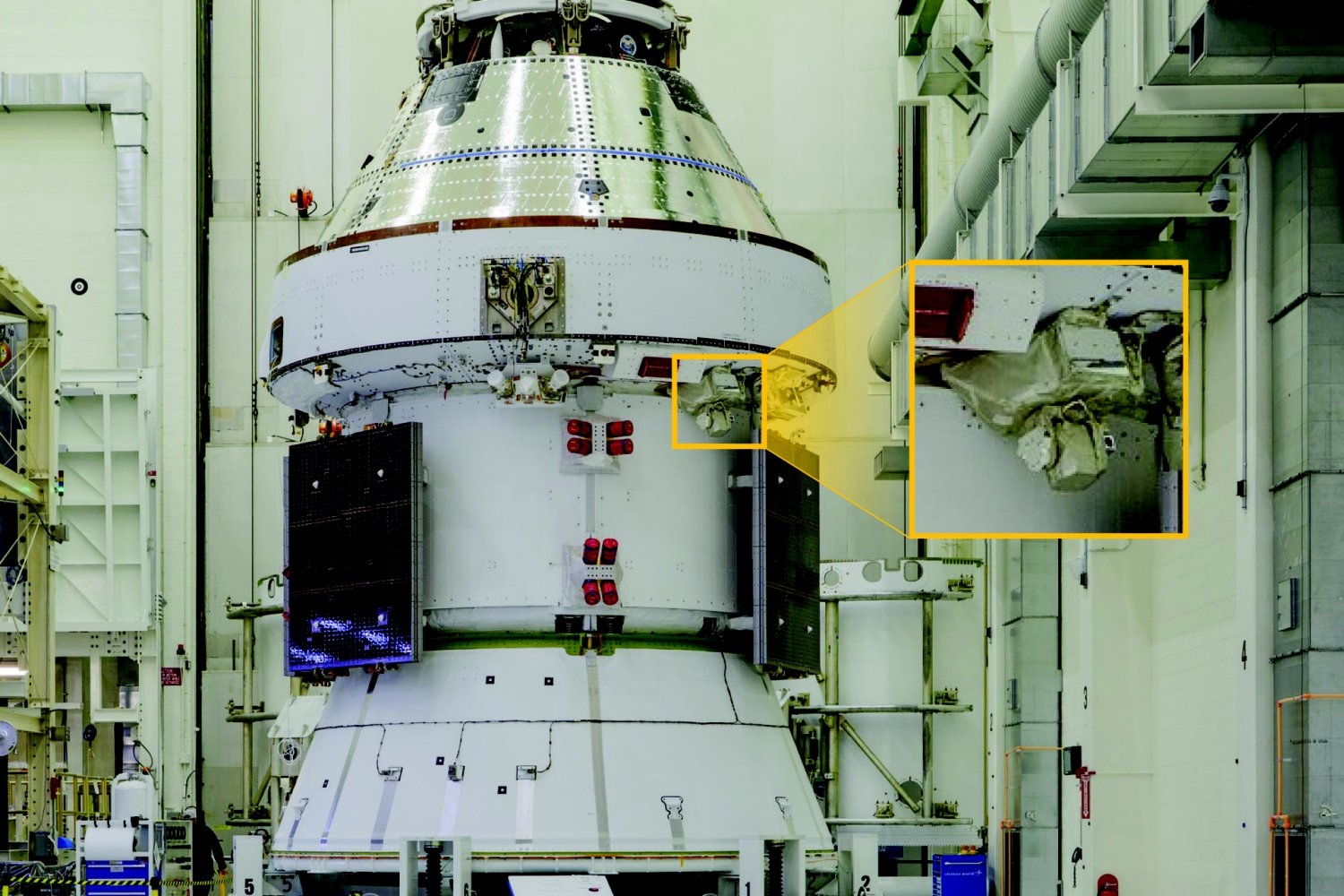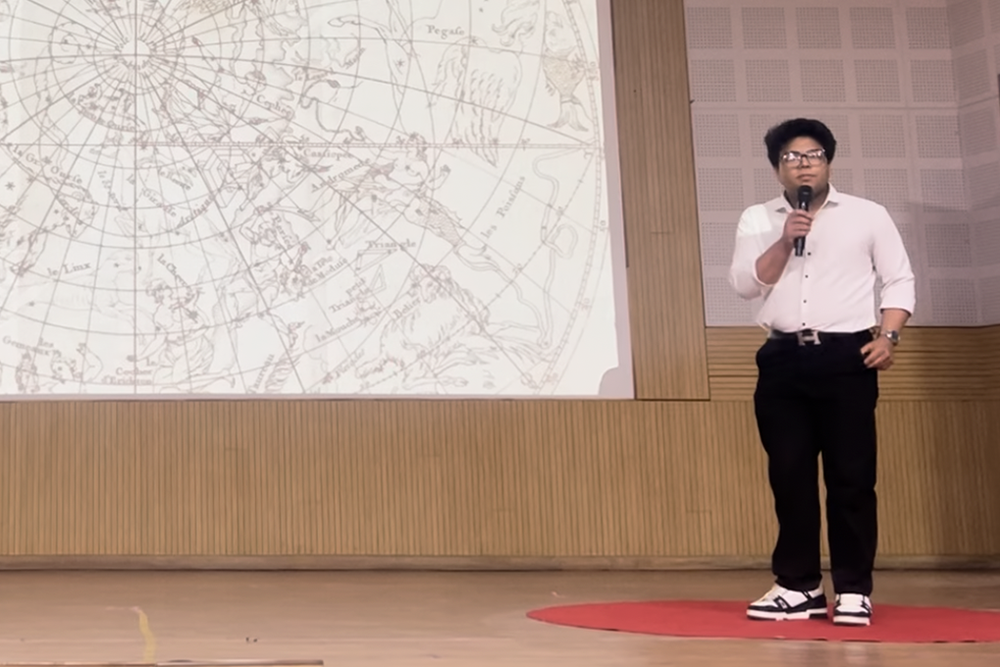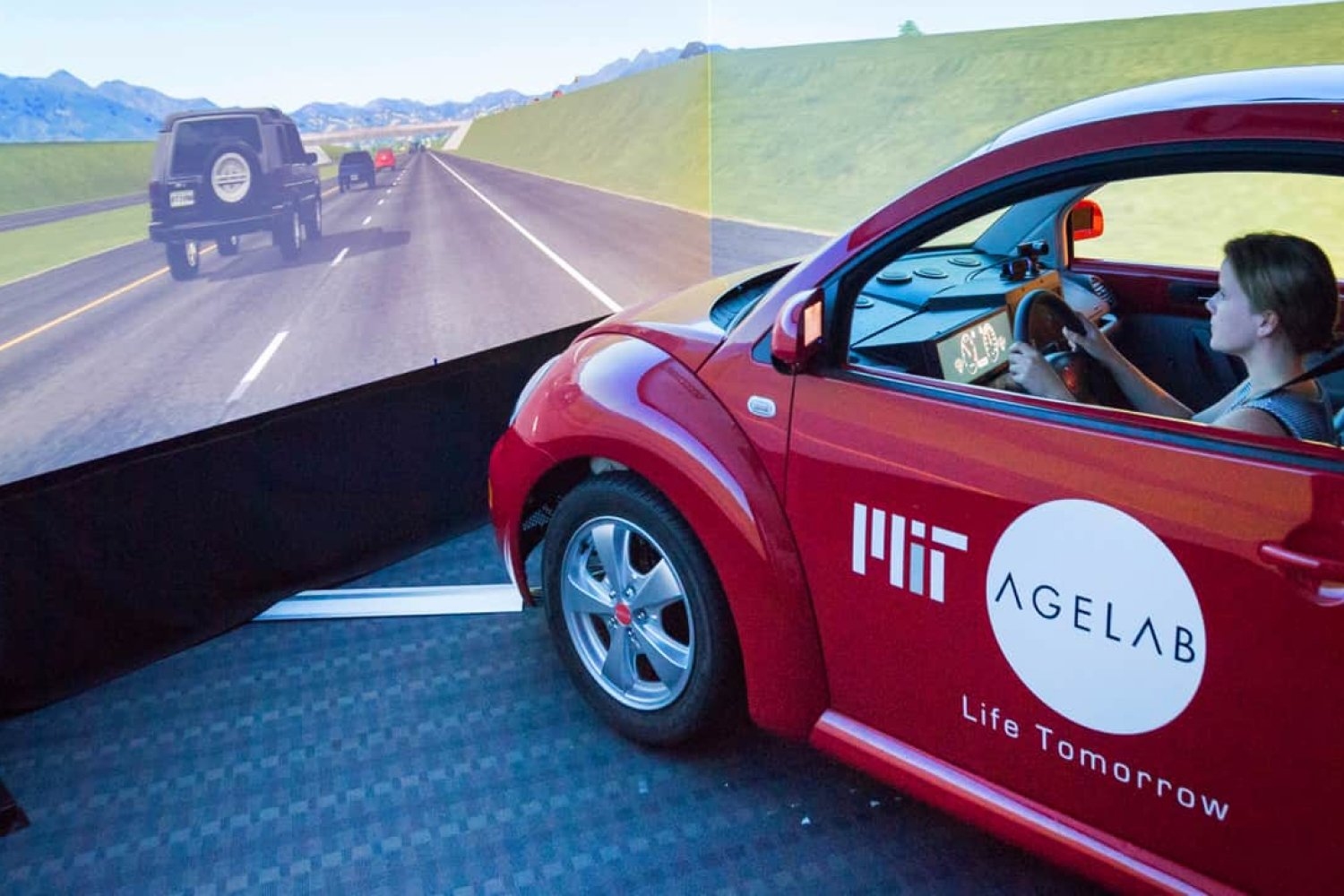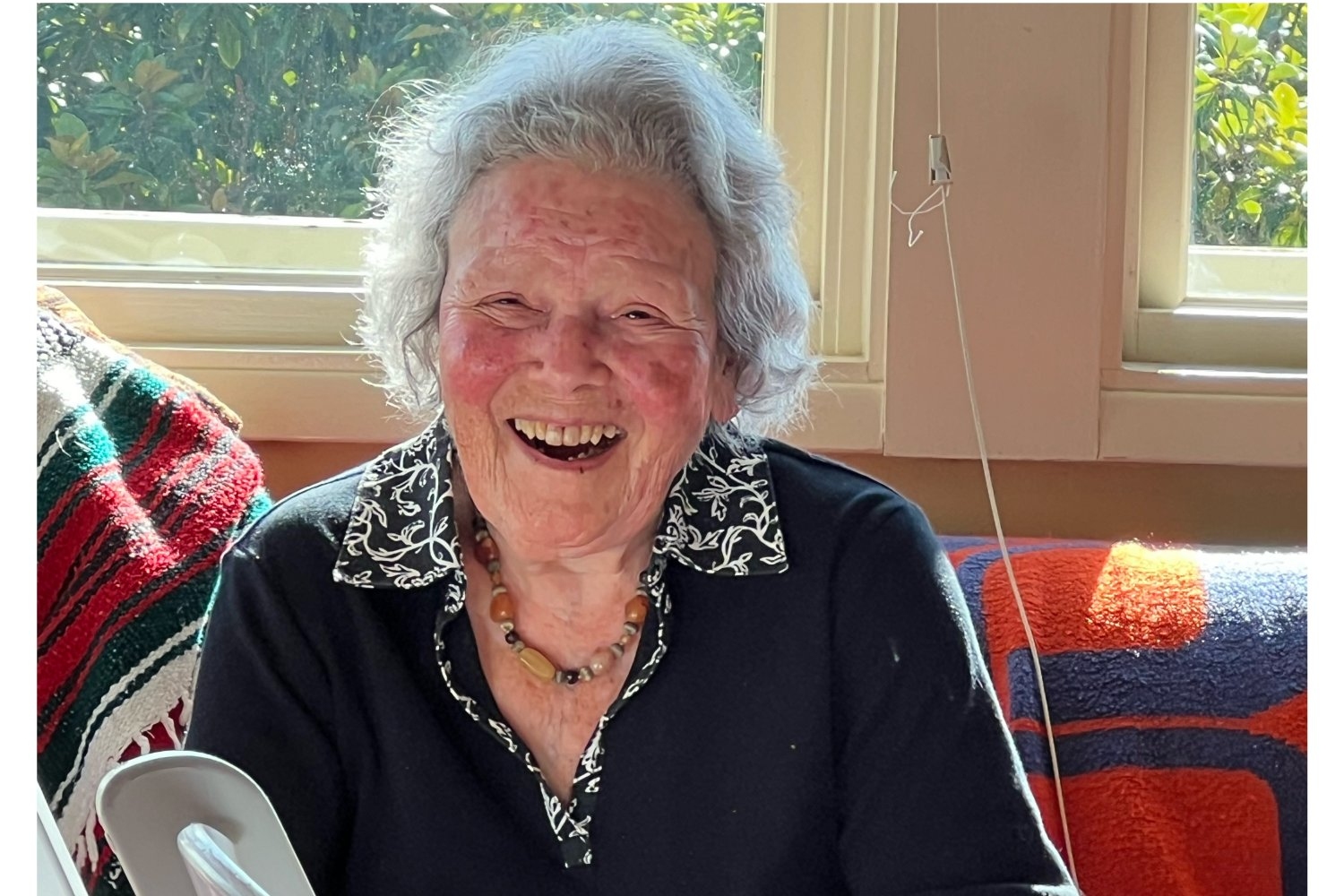Lincoln Laboratory technologies win seven R&D 100 Awards for 2025
Seven technologies developed at MIT Lincoln Laboratory, either wholly or with collaborators, have earned 2025 R&D 100 Awards. This annual awards competition recognizes the year's most significant new technologies, products, and materials available on the marketplace or transitioned to use. An independent panel of technology experts and industry professionals selects the winners.
"Winning an R&D 100 Award is a recognition of the exceptional creativity and effort of our scientists and engineers. The awarded technologies reflect Lincoln Laboratory's mission to transform innovative ideas into real-world solutions for U.S. national security, industry, and society," says Melissa Choi, director of Lincoln Laboratory.
Lincoln Laboratory's winning technologies enhance national security in a range of ways, from securing satellite communication links and identifying nearby emitting devices to providing a layer of defense for U.S. Army vehicles and protecting service members from chemical threats. Other technologies are pushing frontiers in computing, enabling the 3D integration of chips and the close inspection of superconducting electronics. Industry is also benefiting from these developments — for example, by adopting an architecture that streamlines the development of laser communications terminals.
The online publication R&D World manages the awards program. Recipients span Fortune 500 companies, federally funded research institutions, academic and government labs, and small companies. Since 2010, Lincoln Laboratory has received 108 R&D 100 Awards.
Protecting lives
Tactical Optical Spherical Sensor for Interrogating Threats (TOSSIT) is a throwable, baseball-sized sensor that remotely detects hazardous vapors and aerosols. It is designed to alert soldiers, first responders, and law enforcement to the presence of chemical threats, like nerve and blister agents, industrial chemical accidents, or fentanyl dust. Users can simply toss, drone-drop, or launch TOSSIT into an area of concern. To detect specific chemicals, the sensor samples the air with a built-in fan and uses an internal camera to observe color changes on a removable dye card. If chemicals are present, TOSSIT alerts users wirelessly on an app or via audible, light-up, or vibrational alarms in the sensor.
"TOSSIT fills an unmet need for a chemical-vapor point sensor, one that senses the immediate environment around it, that can be kinetically deployed ahead of service personnel. It provides a low-cost sensing option for vapors and solid aerosol threats — think toxic dust particles — that would otherwise not be detectable by small deployed sensor systems,” says principal investigator Richard Kingsborough. TOSSIT has been tested extensively in the field and is currently being transferred to the military.
Wideband Selective Propagation Radar (WiSPR) is an advanced radar and communications system developed to protect U.S. Army armored vehicles. The system's active electronically scanned antenna array extends signal range at millimeter-wave frequencies, steering thousands of beams per second to detect incoming kinetic threats while enabling covert communications between vehicles. WiSPR is engineered to have a low probability of detection, helping U.S. Army units evade adversaries seeking to detect radio-frequency (RF) energy emitting from radars. The system is currently in production.
"Current global conflicts are highlighting the susceptibility of armored vehicles to adversary anti-tank weapons. By combining custom technologies and commercial off-the-shelf hardware, the Lincoln Laboratory team produced a WiSPR prototype as quickly and efficiently as possible," says program manager Christopher Serino, who oversaw WiSPR development with principal investigator David Conway.
Advancing computing
Bumpless Integration of Chiplets to Al-Optimized Fabric is an approach that enables the fabrication of next-generation 2D, 2.5D, and 3D integrated circuits. As data-processing demands increase, designers are exploring 3D stacked assemblies of small specialized chips (chiplets) to pack more power into devices. Tiny bumps of conductive material are used to electrically connect these stacks, but these microbumps cannot accommodate the extremely dense, massively interconnected components needed for future microcomputers. To address this issue, Lincoln Laboratory developed a technique eliminating microbumps. Key to this technique is a lithographically produced fabric allowing electrical bonding of chiplet stack layers. Researchers used an AI-driven decision-tree approach to optimize the design of this fabric. This bumpless feature can integrate hundreds of chiplets that perform like a single chip, improving data-processing speed and power efficiency, especially for high-performance AI applications.
"Our novel, bumpless, heterogeneous chiplet integration is a transformative approach addressing two semiconductor industry challenges: expanding chip yield and reducing cost and time to develop systems," says principal investigator Rabindra Das.
Quantum Diamond Magnetic Cryomicroscope is a breakthrough in magnetic field imaging for characterizing superconducting electronics, a promising frontier in high-performance computing. Unlike traditional techniques, this system delivers fast, wide-field, high-resolution imaging at the cryogenic temperatures required for superconducting devices. The instrument combines an optical microscopy system with a cryogenic sensor head containing a diamond engineered with nitrogen-vacancy centers — atomic-scale defects highly sensitive to magnetic fields. The cryomicroscope enables researchers to directly visualize trapped magnetic vortices that interfere with critical circuit components, helping to overcome a major obstacle to scaling superconducting electronics.
“The cryomicroscope gives us an unprecedented window into magnetic behavior in superconducting devices, accelerating progress toward next-generation computing technologies,” says Pauli Kehayias, joint principal investigator with Jennifer Schloss. The instrument is currently advancing superconducting electronics development at Lincoln Laboratory and is poised to impact materials science and quantum technology more broadly.
Enhancing communications
Lincoln Laboratory Radio Frequency Situational Awareness Model (LL RF-SAM) utilizes advances in AI to enhance U.S. service members' vigilance over the electromagnetic spectrum. The modern spectrum can be described as a swamp of mixed signals originating from civilian, military, or enemy sources. In near-real time, LL RF-SAM inspects these signals to disentangle and identify nearby waveforms and their originating devices. For example, LL RF-SAM can help a user identify a particular packet of energy as a drone transmission protocol and then classify whether that drone is part of a corpus of friendly or enemy drones.
"This type of enhanced context helps military operators make data-driven decisions. The future adoption of this technology will have profound impact across communications, signals intelligence, spectrum management, and wireless infrastructure security," says principal investigator Joey Botero.
Modular, Agile, Scalable Optical Terminal (MAScOT) is a laser communications (lasercom) terminal architecture that facilitates mission-enabling lasercom solutions adaptable to various space platforms and operating environments. Lasercom is rapidly becoming the go-to technology for space-to-space links in low Earth orbit because of its ability to support significantly higher data rates compared to radio frequency terminals. However, it has yet to be used operationally or commercially for longer-range space-to-ground links, as such systems often require custom designs for specific missions. MASCOT's modular, agile, and scalable design streamlines the process for building lasercom terminals suitable for a range of missions, from near Earth to deep space. MAScOT made its debut on the International Space Station in 2023 to demonstrate NASA's first two-way lasercom relay system, and is now being prepared to serve in an operational capacity on Artemis II, NASA's moon flyby mission scheduled for 2026. Two industry-built terminals have adopted the MAScOT architecture, and technology transfer to additional industry partners is ongoing.
"MAScOT is the latest lasercom terminal designed by Lincoln Laboratory engineers following decades of pioneering lasercom work with NASA, and it is poised to support lasercom for decades to come," says Bryan Robinson, who co-led MAScOT development with Tina Shih.
Protected Anti-jam Tactical SATCOM (PATS) Key Management System (KMS) Prototype addresses the critical challenge of securely distributing cryptographic keys for military satellite communications (SATCOM) during terminal jamming, compromise, or disconnection. Realizing the U.S. Space Systems Command's vision for resilient, protected tactical SATCOM, the PATS KMS Prototype leverages innovative, bandwidth-efficient protocols and algorithms to enable real-time, scalable key distribution over wireless links, even under attack, so that warfighters can communicate securely in contested environments. PATS KMS is now being adopted as the core of the Department of Defense's next-generation SATCOM architecture.
"PATS KMS is not just a technology — it's a linchpin enabler of resilient, modern SATCOM, built for the realities of today's contested battlefield. We worked hand-in-hand with government stakeholders, operational users, and industry partners across a multiyear, multiphase journey to bring this capability to life," says Joseph Sobchuk, co-principal investigator with Nancy List. The R&D 100 Award is shared with the U.S. Space Force Space Systems Command, whose “visionary leadership has been instrumental in shaping the future of protected tactical SATCOM,” Sobchuk adds.
Latest Campus News
- Book reviews technologies aiming to remove carbon from the atmosphereIn “Carbon Removal,” Howard Herzog and Niall MacDowell assess proposed methods of removing carbon already in the atmosphere as a means of mitigating climate change.
- Breaking the old model of education with MIT Open LearningFree MIT study materials enabled 16-year-old Vivan Mirchandani’s nontraditional learning path, opening up scientific research and academic opportunities.
- Darcy McRose and Mehtaab Sawhney ’20, PhD ’24 named 2025 Packard Fellows for Science and EngineeringMcRose, an environmental microbiologist, is recognized for researching the ecological roles of antibiotics in shaping ecosystems, agriculture, and health.
- MIT-Toyota collaboration powers driver assistance in millions of vehiclesA decade-plus alliance between MIT’s AgeLab and Toyota’s Collaborative Safety Research Center is recognized as a key contributor to advancements in automotive safety and human-machine interaction.
- Remembering Professor Emerita Jeanne Shapiro Bamberger, a pioneer in music educationThe former department chair was an early innovator in the use of artificial intelligence to both study and influence how children learn music.
- Blending neuroscience, AI, and music to create mental health innovationsMedia Lab PhD student Kimaya Lecamwasam researches how music can shape well-being.













